
9 minute read
Fishing Tournament RESULTS
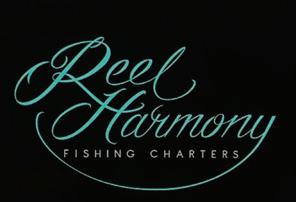





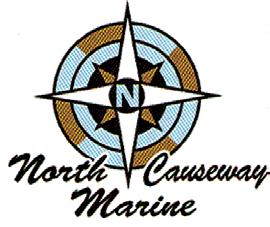
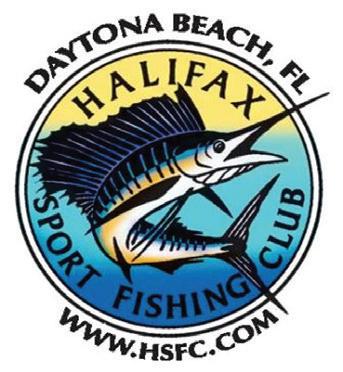
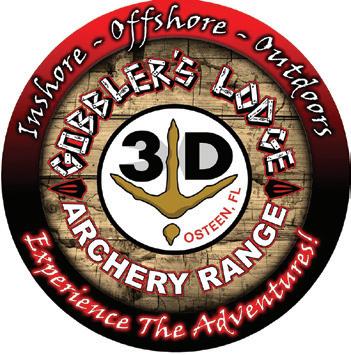
Brought
An amazing 147 kids along with their families attended this event. A few fish were caught but fun, games and education not to mention the pizza party from Alberto’s and shooting archery was a blast! Every child left with smiles on their faces and a bucket full of prizes. Stay posted for future Kids Outdoor Events. If you would like to sponsor this amazing event for 2024 please contact Desiree’ info is below.
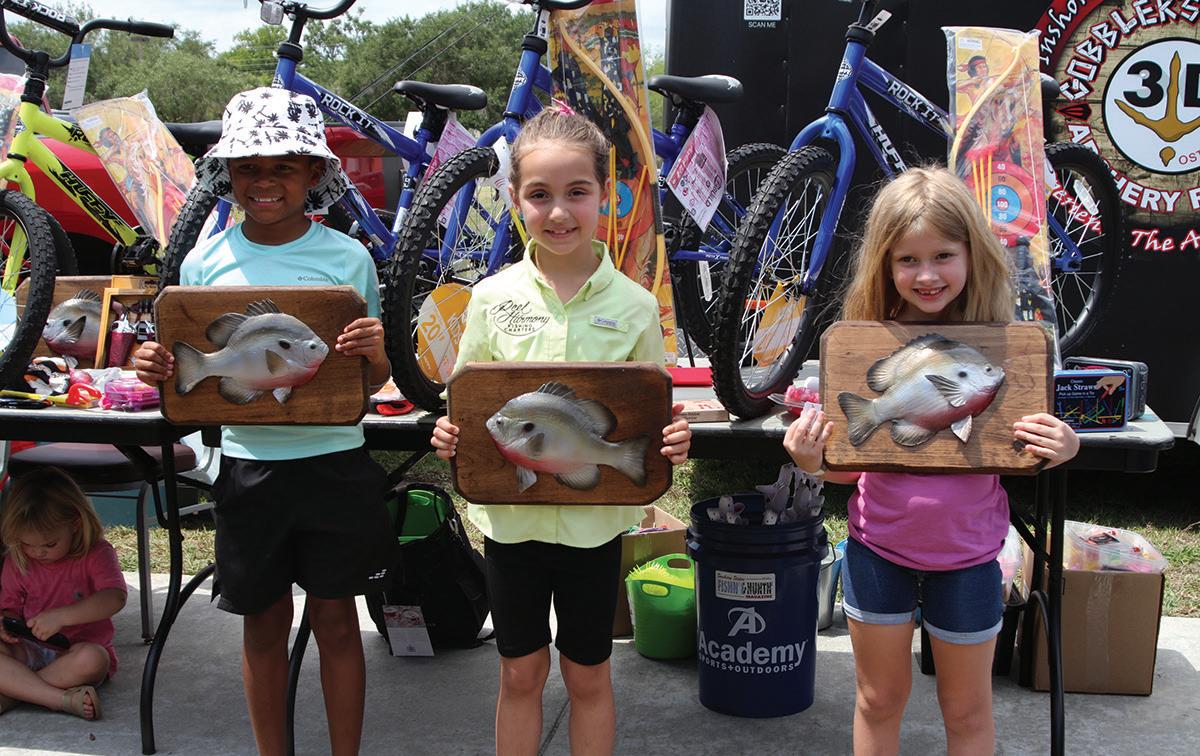

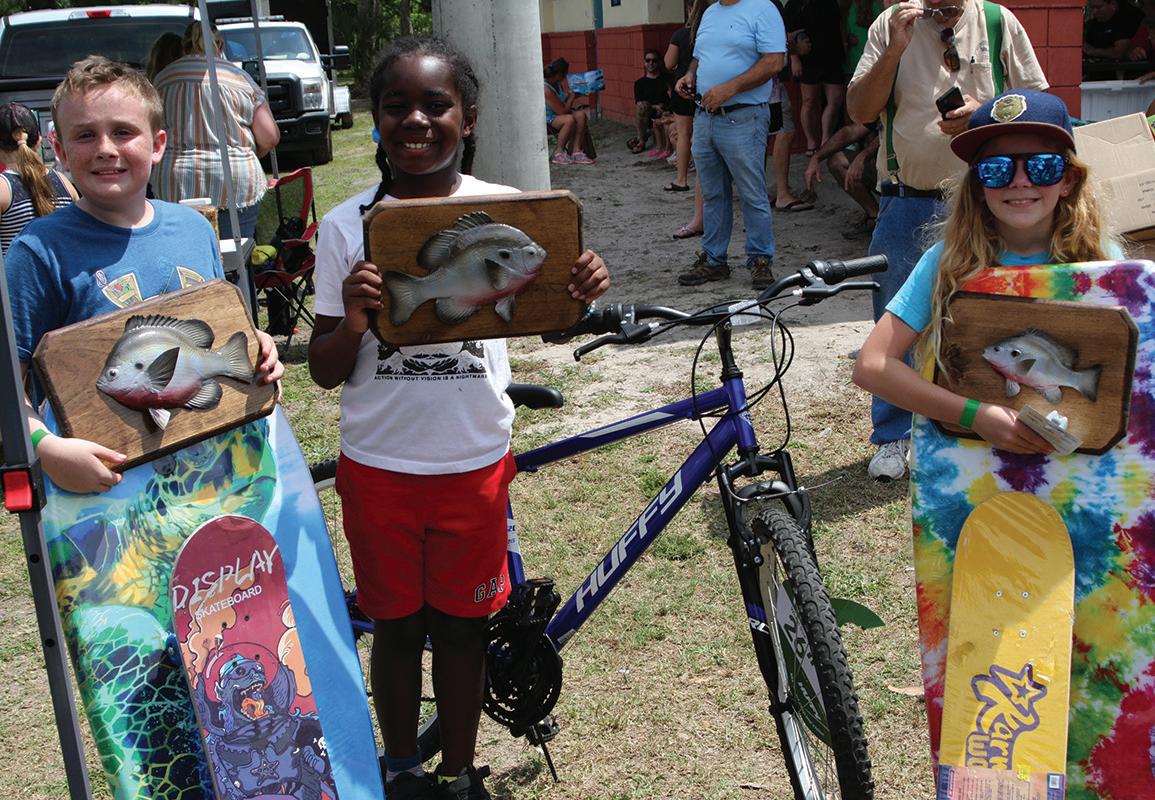
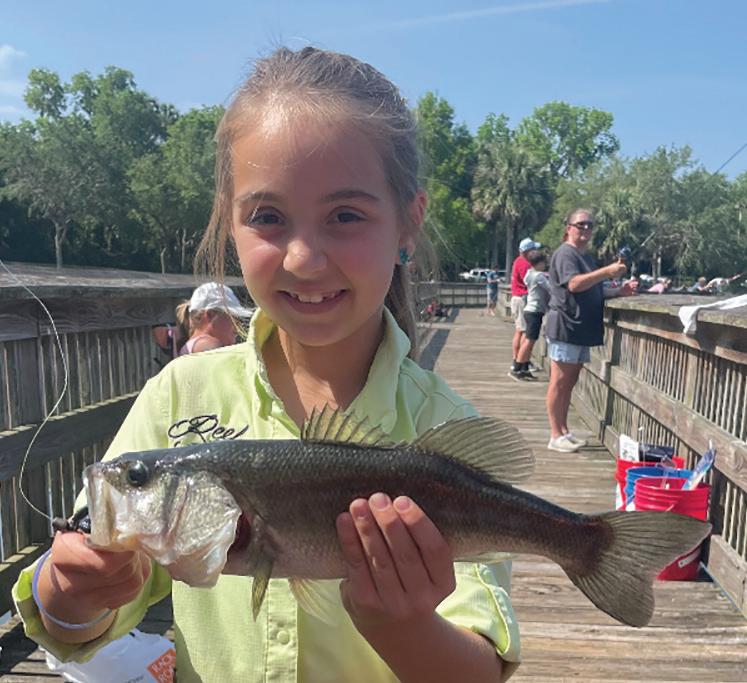
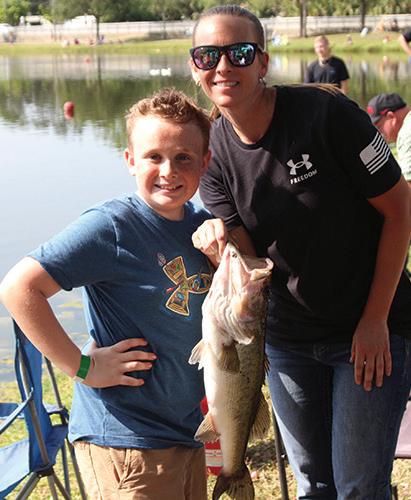
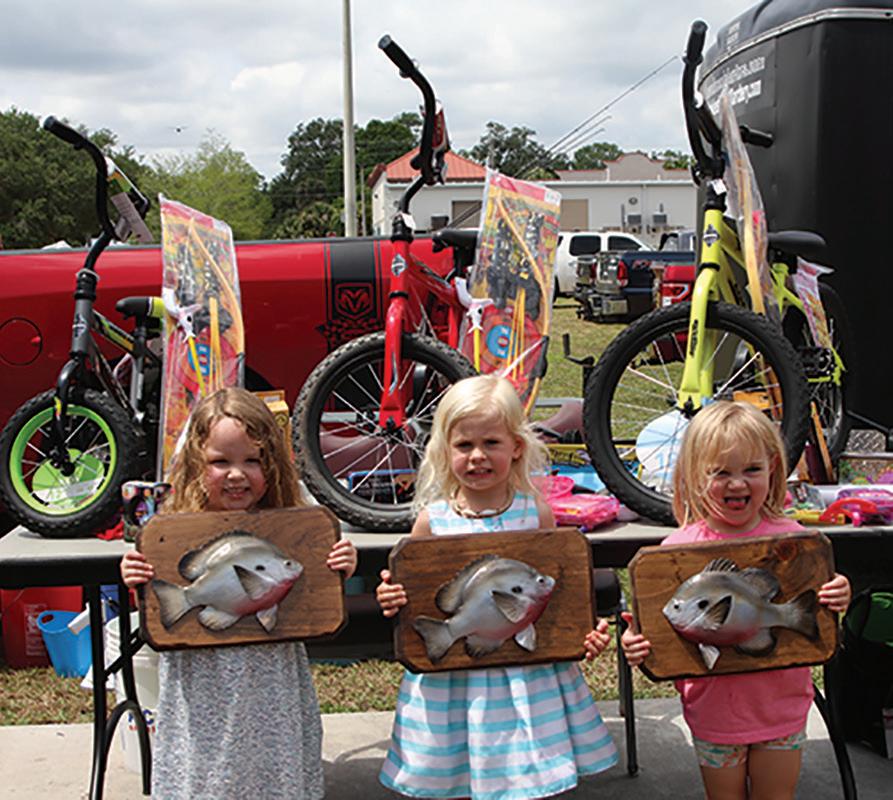
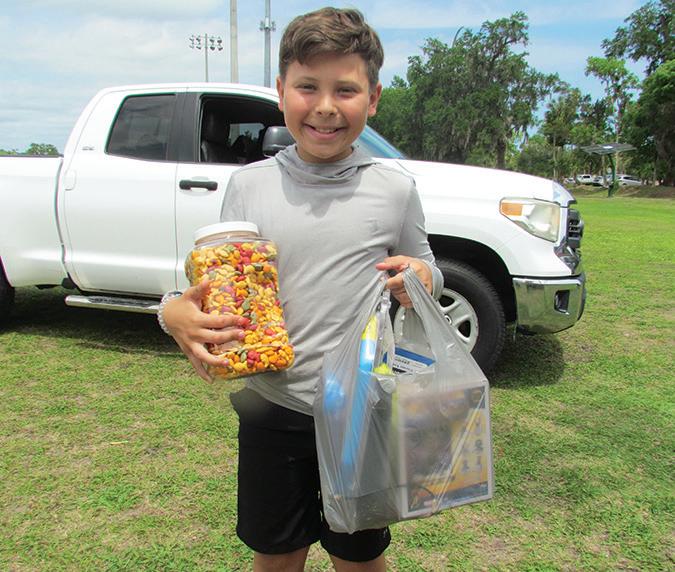
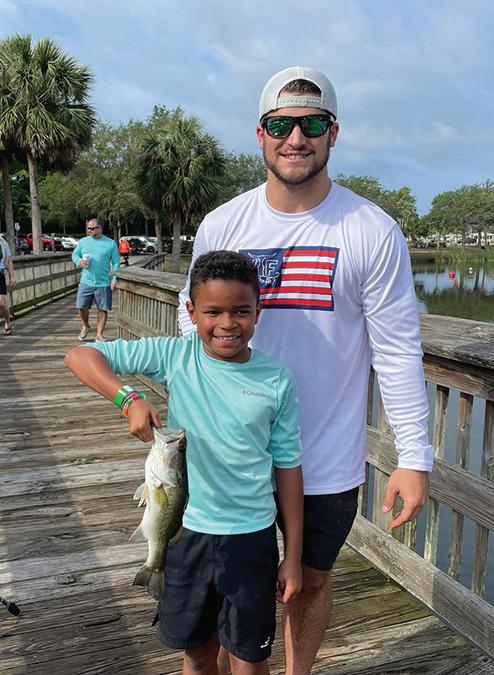
Have you noticed some new signs at our City Parks in South Daytona? We have started to stock our City Ponds. The following ponds will be stocked in the coming months:

Blaine O’Neal Park of Honor
Magnolia Park
Reed Canal Park
Fishing can offer benefits to both mental and physical health and can strengthen family connections and teach life skills. We hope you enjoy this new community benefit.
With over 63 acres of parklands in the City of South Daytona, there is something for everyone to enjoy. Nature parks, pavilion rentals, fishing piers, playgrounds, disc golf, boat ramps, kayak launch, walking trails, ball fields, grills, tennis, racquetball and basketballs courts, splash park and scenic lakes are available all through town. Reed Canal Park, James Park, and Riverfront Park each have rental pavilions for parties, visit the Parks and Recreation office to reserve one for your next gathering.
Riverfront Veterans Memorial Park
This 4.1-acre park located on South Palmetto has a public boat launch ramp, fishing pier, picnic pavilions, restrooms, a playground and a Veterans Memorial to honor those who served in the military. The park also is home to The Courts at Riverfront which include one LED lighted tennis court and two pickleball courts which are located on the west side of South Palmetto. Park hours are 7:00 a.m. to dusk.
Reed Canal Park
This popular 35-acre wooded sanctuary includes a fish-stocked lake, shell walking paths, restrooms, pavilions, and a playground. The lake is surrounded by a concrete walking trail, fishing pier, restrooms, pavilions, parking, and a multipurpose field. Dedicated in 1984, the park is used by the model sailboat club, area fishermen and offers a challenging 18-hole disc golf course. Reed Canal Park hosts the annual Halloween Drive-Thru Boo, BBQ and Blue Grass Festival, North Pole Drive-Thru, and Easter Egg Hunt. Located at 919 Reed Canal Road, park hours are 7:00am to dusk for the nature area and 7:00 a.m. to dusk for the lake area.
James Street Park
Host to many youth activities this 5.6 acre park features a splashpad play area, two lighted four-wall racquetball courts, a lighted tennis court, press box/concession stand, pavilion, shaded playground, Youth Activity Center and restrooms. The Youth Activity Building located at the park is home to the spring break camp and summer camp. Located at 1700 James Street, the park is open from 7:00 a.m. to dusk.
Magnolia Park
This park includes facilities for disabled and elderly visitors to fish in the small stocked pond and offers a playground, picnic tables and grills, shaded seating, and a lighted pathway. The park is located at 1987 Magnolia Avenue with hours from 7:00 a.m. to dusk.
Ned Wagner Park
Located at 2801 Oak Lea Drive, this 2-acre park consists of an open play field, small playground, and outdoor basketball court. Park hours are 7:00 a.m. to dusk.
Melodie Park
This 2.5-acre, scenic, green space is located at 2200 Oriole Lane off Big Tree Road. Amenities include a tennis court and an outside basketball court. Park hours are 7:00 a.m. to dusk.
South Daytona Park of Honor
Located at 755 Olive Street, the park offers a variety of gardens, benches and a lighted path, pavilion, and restrooms. The park honors those in the community who have made significant contributions to the City. Park hours are from 7:00 a.m. to dusk.
Blaine and Neal Park
An 11-acre park featuring a regulation size baseball field with a concession stand, restrooms, pavilion with picnic tables and grills, and a 3- acre lake with a lit fountain surrounded by a lighted shell walking path. Come enjoy this park located at 980 Big Tree Road, from 7:00 a.m. to dusk.
Central Park
A 2.5-acre park located at 1991
Magnolia Avenue offering an open space with small parking area, a concrete bike/jogging path, benches and picnic tables. Park hours are from 7:00 a.m. to dusk.
Cruises also available. 386-405-0651


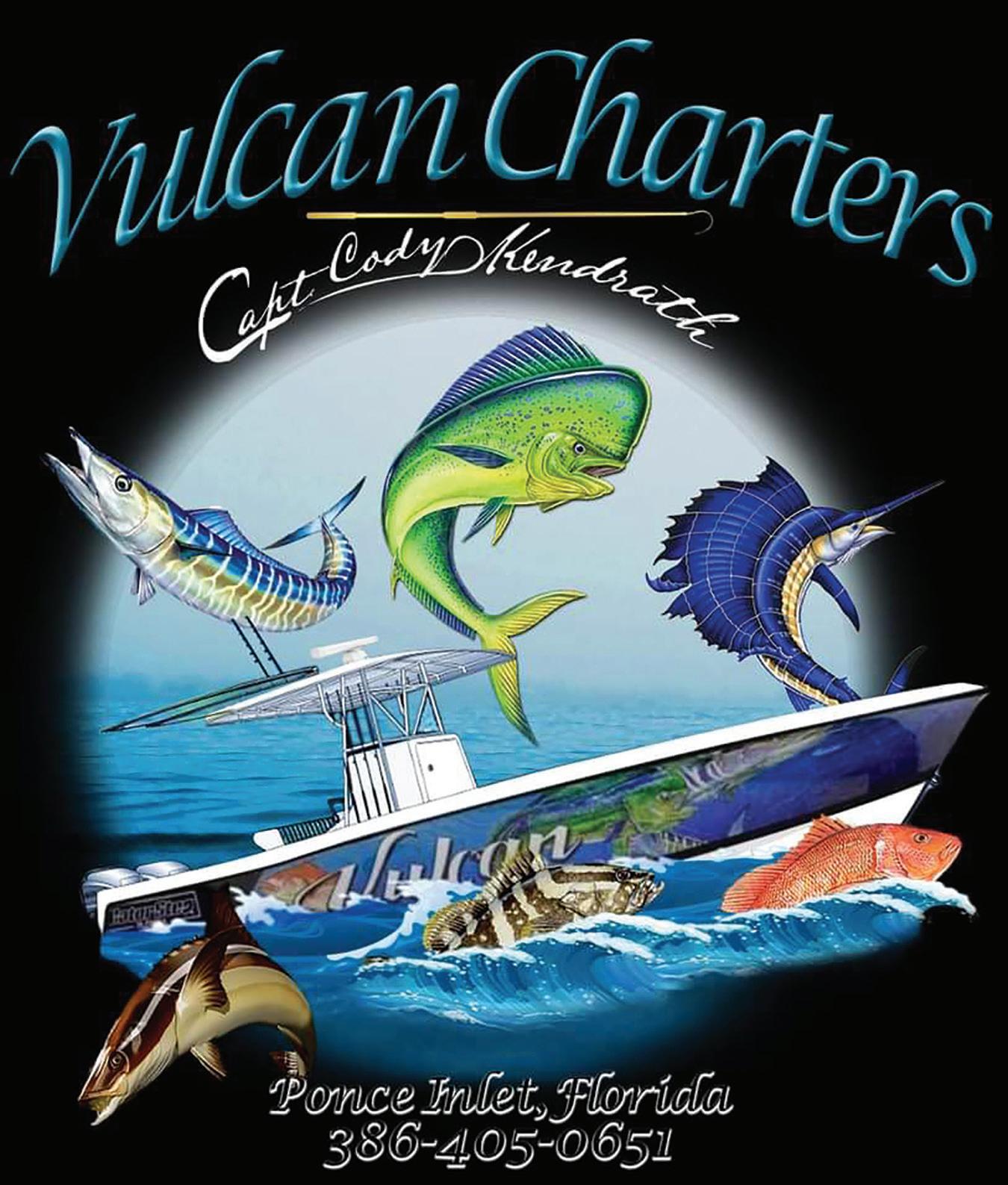

Your One-Stop Dealership For SALES, SERVICE, AND PARTS. Locally Owned, Nationally Ranked


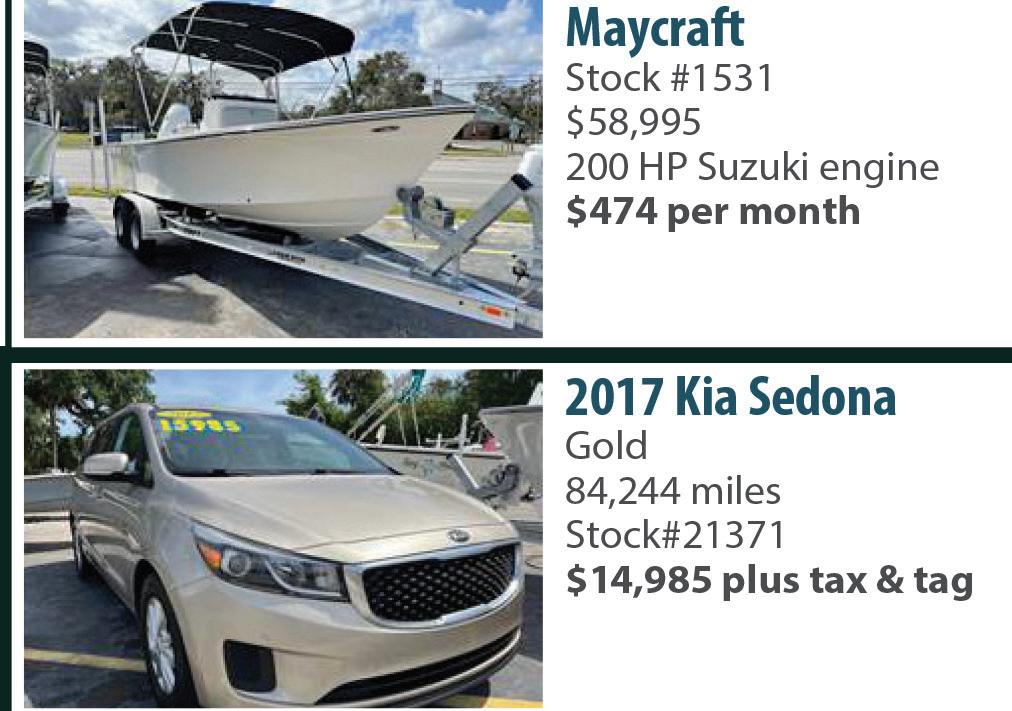
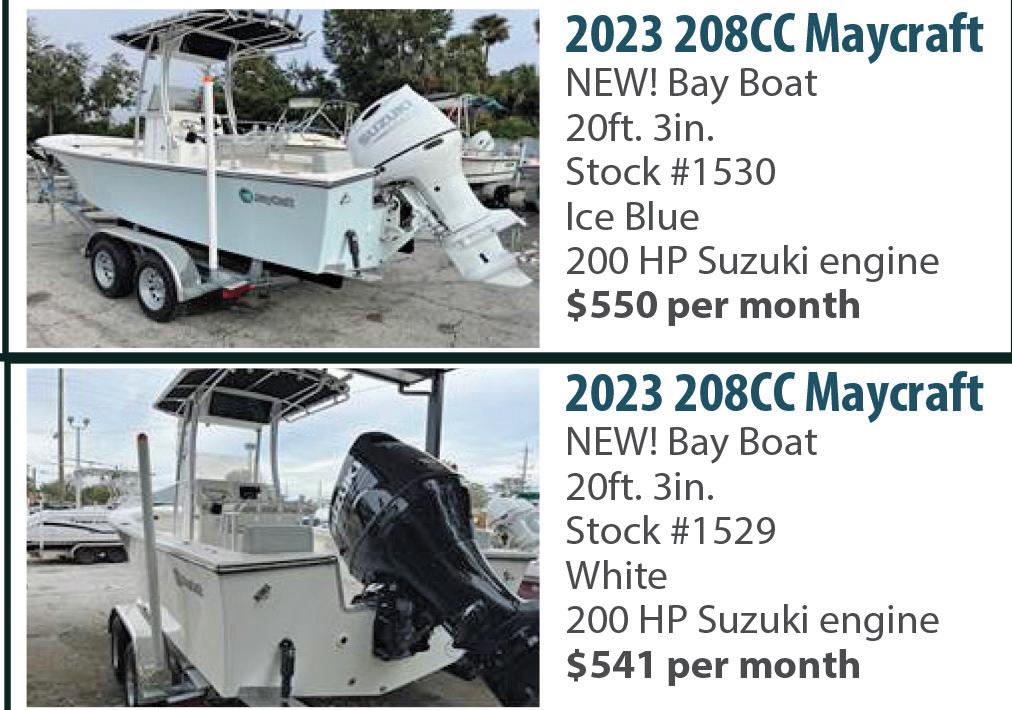

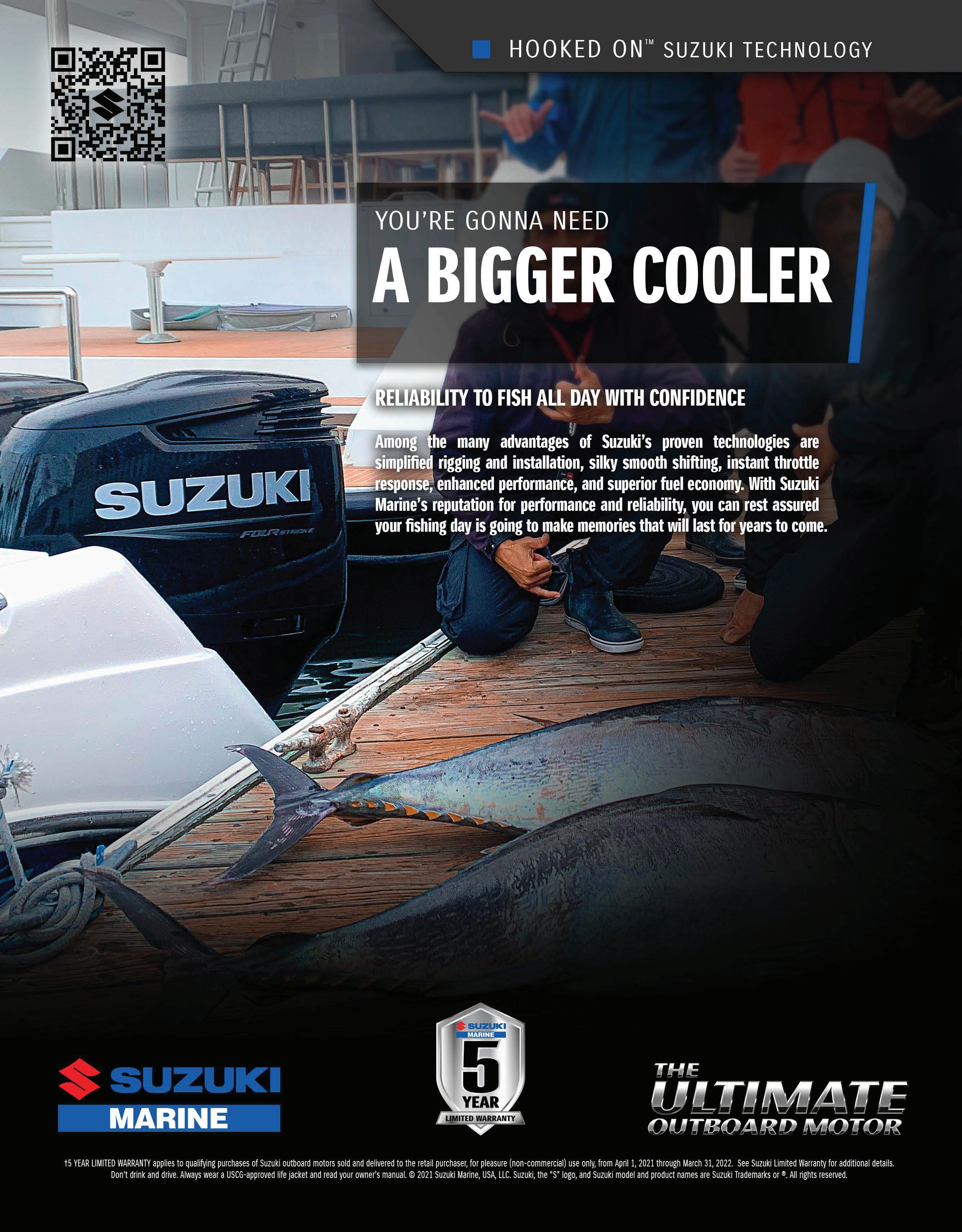


Tightline Anchor Inc. was founded in 2018 by friends and business partners, Thomas Langton and Greg Linton. They have since added another member to their team Farouk Dhanidina. The diverse team at Tightline is passionate about the outdoors and providing high performance and long-lasting anchoring tools to the small watercraft market. They have been growing alongside an explosive kayak fishing market but have found their 3.5lb K5 grapnel anchor meets the needs of other classes of watercraft owners including Jon Boats, Dinghies, Belly Boats, Jet Ski’s and Skiffs.
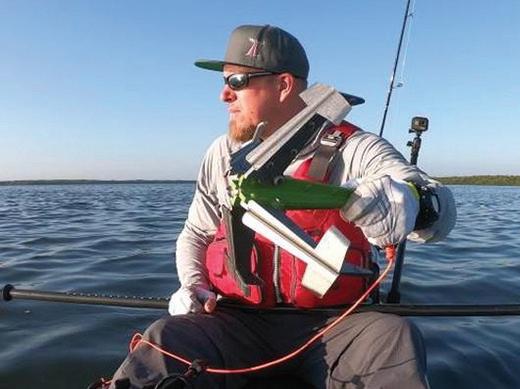
Tightline has begun to be recognized by kayak anglers that demand quality and invest in gear that makes their time on the water more efficient and most importantly, safer. An anchor for any vessel can be seen as the equivalent of brakes on your SUV and professionals understand that the right tool for the job is critical.
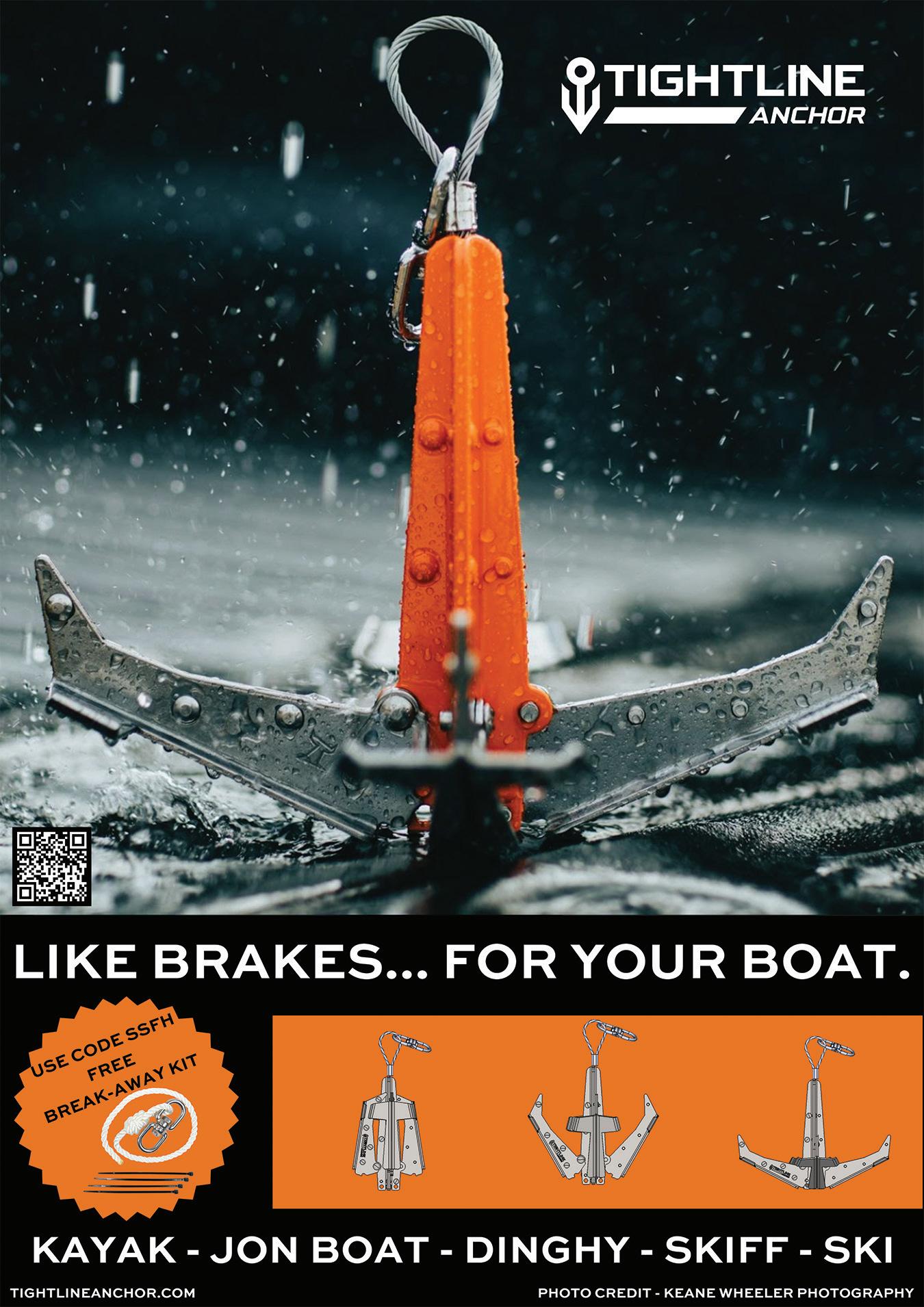

Tightline’s reputation has been forged in listening to customer feedback and implementing improvements in their anchor designs in what they describe as ANCHOR EVOLUTION. The current K5 is the result of 9 product iterations and hundreds of hours of field testing. Furthermore, Tightline is owned by the people customers talk to on the phone and through email correspondence, a rarity in today's marketplace.
Tightline stands behind their products and offers a lifetime warranty to the original owner ensuring the customer will have their anchor repaired or replaced in a timely manner. We understand the research and development team at Tightline is gearing up for a spring product launch that will enhance the fishing experience for those that frequent river locations. We’re excited to see Tightline continue to innovate and contribute to making time spent on the water safer and more fun!
For more information, please visit TIGHTLINEANCHOR. COM or call 281-881-7987
By: Capt Lynda Hawkins
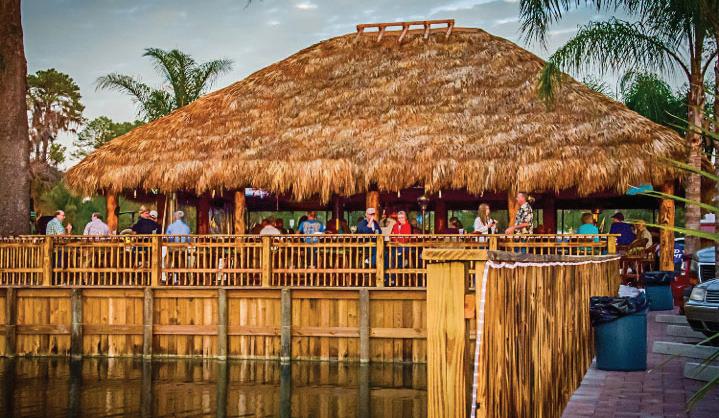
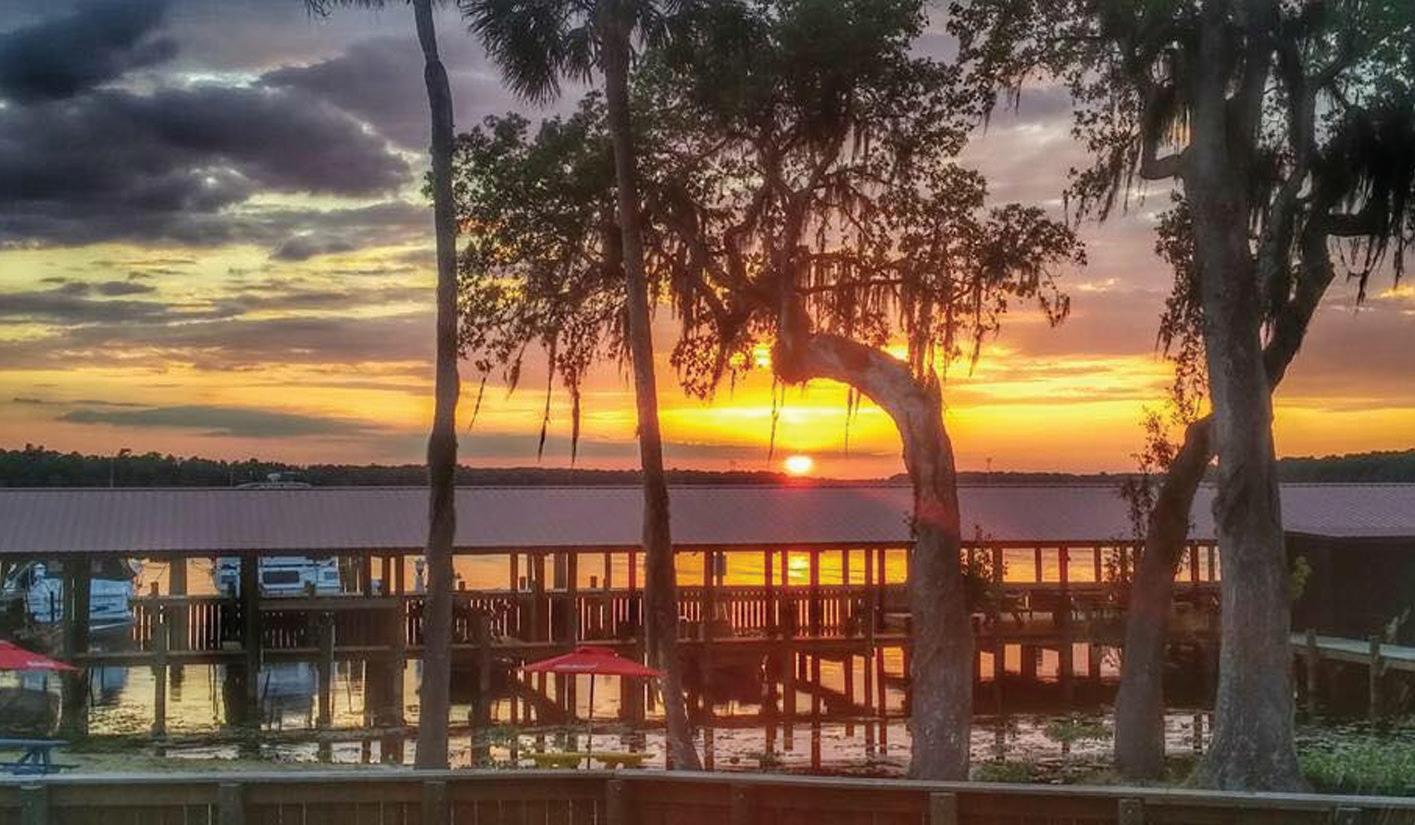
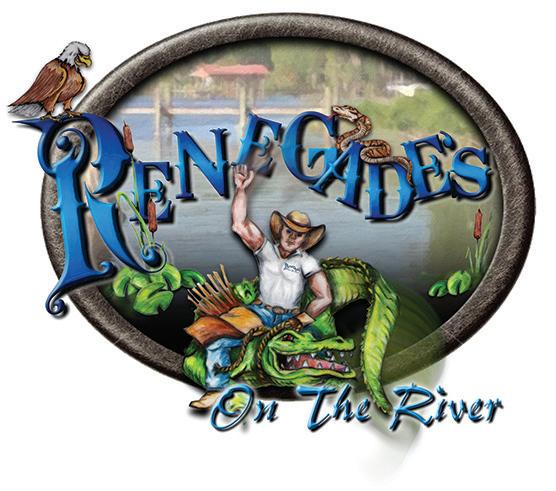
Alligator Gar

Finding alligator gar (Atractosteus spatula) can be a challenge, but it’s one biologists with the Fish and Wildlife Research Institute (FWRI) are taking on to learn more about the population of the fish in Florida. Alligator gar have historically resided in rivers and brackish waters throughout the southeastern U.S. from the Florida Panhandle – from the Apalachicola River west to the Perdido River – to Texas and Mexico. Since the mid1900s, alligator gar numbers have declined, leaving populations in only half of the 14 states they once inhabited. The FWC acknowledged this in 2006, prohibiting harvest of alligator gar for all but scientific purposes.
Since 2010, FWRI researchers have been tagging alligator gar in the Escambia River to learn more about their movement and habitat use. Using large-mesh gill nets, researchers collect adult alligator gar and fit them with telemetry tags before releasing them back into the river. These tags transmit information through radio and sound signals, allowing researchers to track each individual’s location for about two years.
Three years into the study, researchers tagged 22 alligator gar ranging from 11 pounds to a state record 132 pounds; tagged fish average 60 pounds. Researchers are trying to identify what habitats these fish prefer, how far they travel and whether they return to the same location over time. Preliminary tracking data indicate alligator gar are highly mobile and can travel more than 40 miles in a single week
The data also reveal their movement and habitat use varies by season. In winter, the tagged fish tend to reside in a slough – a cove off the main river with no current – and move very little. As the season changes to spring, they begin traveling the river’s main channel but return repeatedly to the slough. Only in late spring did the gar venture from their home-base slough and begin cruising.
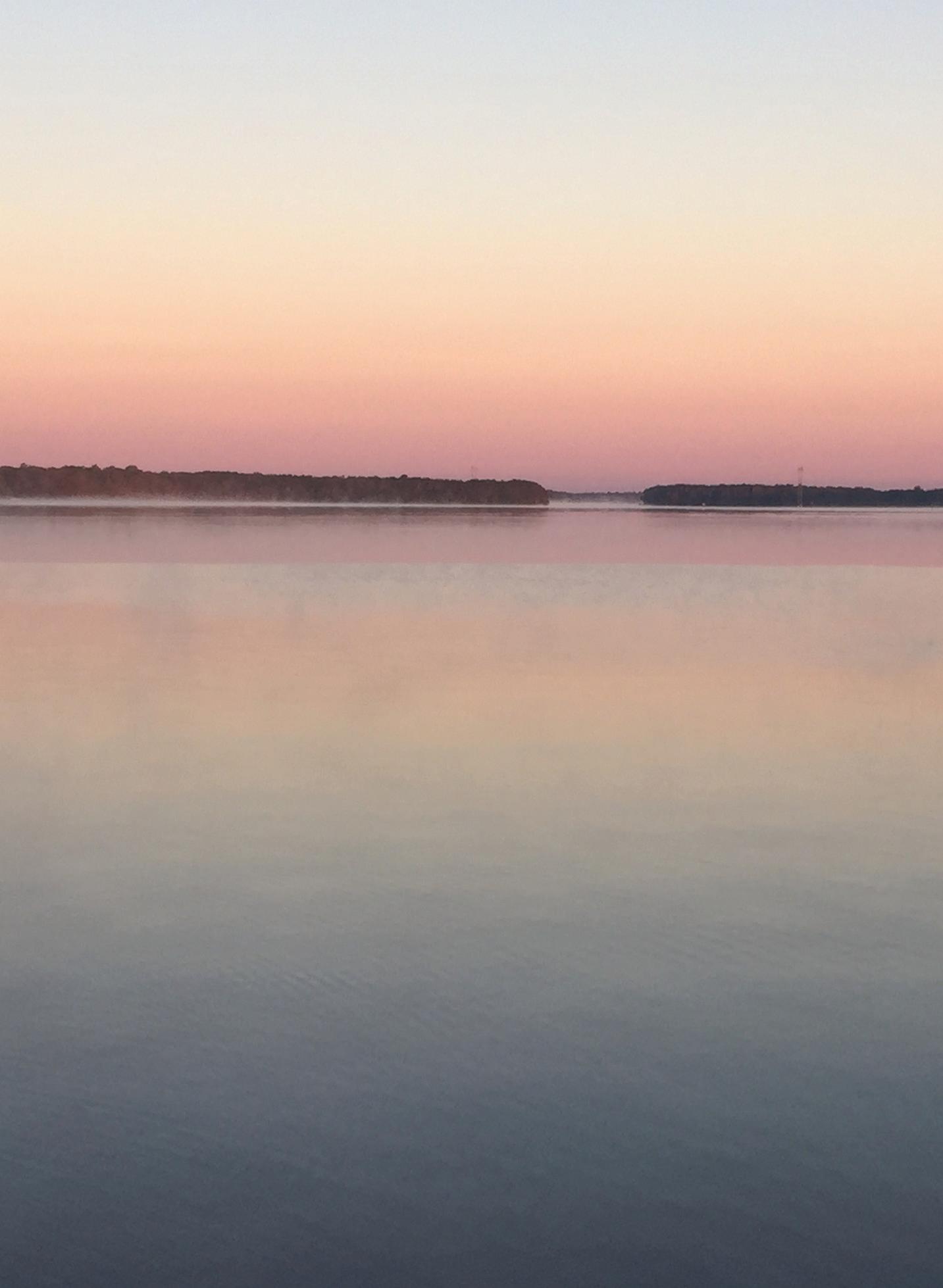
Biologists recorded alligator gar moving as far north as the Alabama state line and as far south as Escambia Bay during this time.
No population data for alligator gar in Florida currently exist. However, data from this tagging study are helping biologists develop a strategy for estimating the population size of alligator gar, first in the Escambia River, then possibly in other rivers in northwest Florida’s coastal plain. If the numbers are promising, resource managers could revisit harvest regulations. FWRI biologists will continue to research the population status of alligator gar in Florida, and the more we learn about this species, the more we can focus conservation efforts to protect it.
Alligator gar is one of the most distinctive freshwater fish species and the largest of all gar. They can exceed 200 pounds and grow to more than 6 feet long. The species gets its name from having the body of a typical gar and a head that resembles that of an alligator. Because of their huge size and great strength, alligator gar are popular with anglers; however, the popularity of this fish does not reflect its value as a human food source. While edible, they are not highly desired by most people, and, as with other gars, their roe is toxic.
It’s difficult to catch alligator gar on a hook and line because of their strength and sharp teeth, and those fish caught via hook and line are susceptible to death from the stress of the fight and handling. Bow-fishing, a popular method of harvesting gar and other nongame fish, guarantees the fish will not survive.
Alligator gar occur in rivers and sometimes brackish waters across the southeastern U.S. from Florida to Texas and into Mexico. In Florida, they do not occur farther east than the
Apalachicola River in the Panhandle. Previously, this species’ range extended to the upper reaches of the Mississippi River in Illinois, Ohio and Missouri. Now, the species is declining or completely absent from the edges of its historical range.
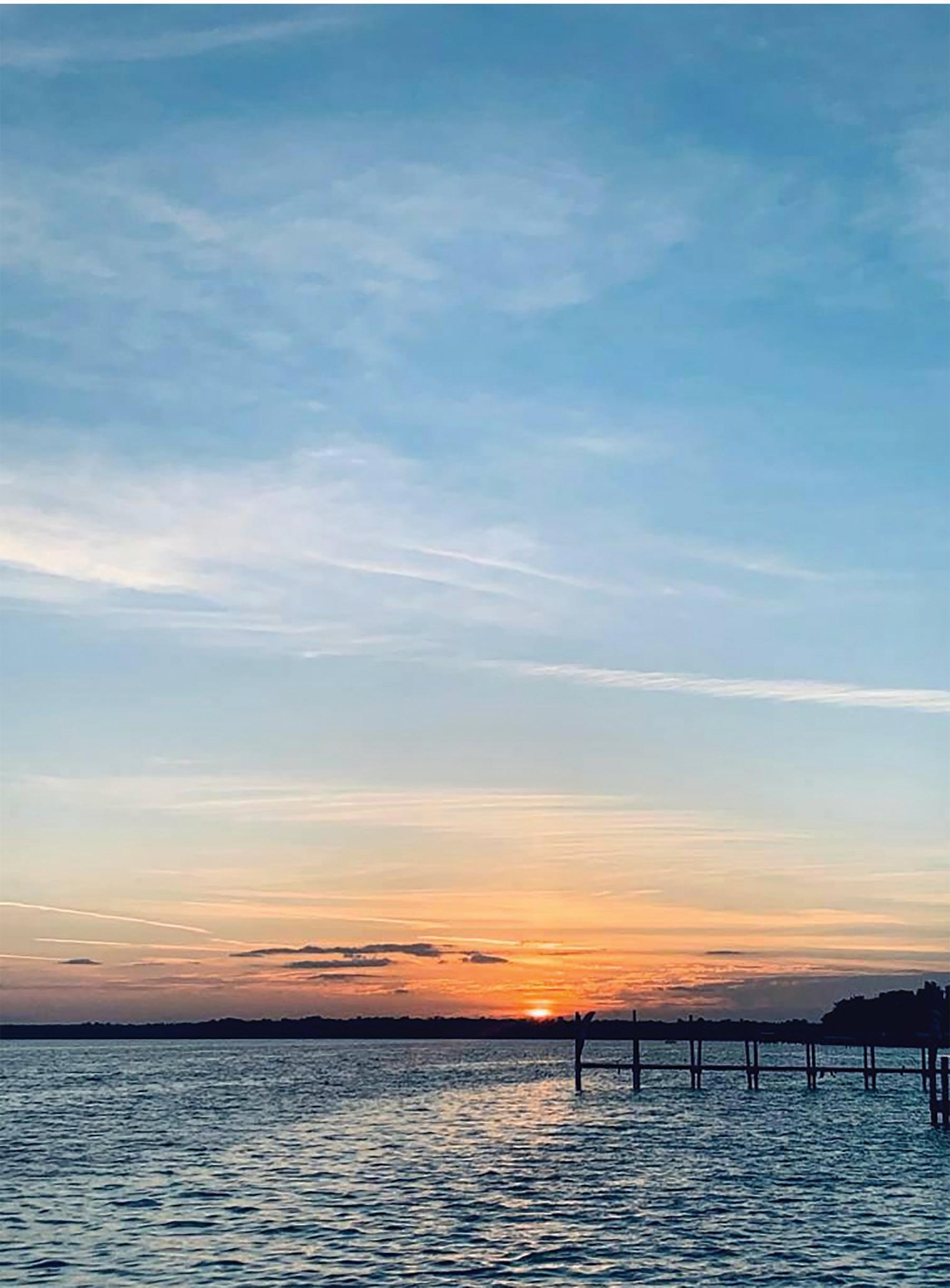
Recent studies in Alabama, Mississippi and Louisiana suggest alligator gar are very susceptible to over-fishing. Similar to other large fish species, such
FOUND THE PERFECT SPOT!
as sturgeon, alligator gar can live a long time. Typically, long-lived species do not reach sexual maturity for many years. Male alligator gar take six years to reach maturity and can live approximately 26 years, while females reach maturity in 11 years and can live 50 years. Since this species cannot reproduce until later in life when they are larger, they are susceptible to over-harvesting. Reproduction potential directly relates to size in alligator gar. In other words, bigger fish have more offspring. This was an important consideration for managers determining how to best protect Florida’s alligator gar.
Recognizing the decline of this species’ population, several other southeastern states, including Arkansas, Kentucky and Tennessee, also have identified the need for conservation of alligator gar. FWC biologists continue to learn more about the cause of these declines and work to develop a plan to revitalize the population. The technical knowledge gained through this research will guide efforts to manage alligator gar, and Florida’s other fish and wildlife resources, for their long-term wellbeing and the benefit of people.
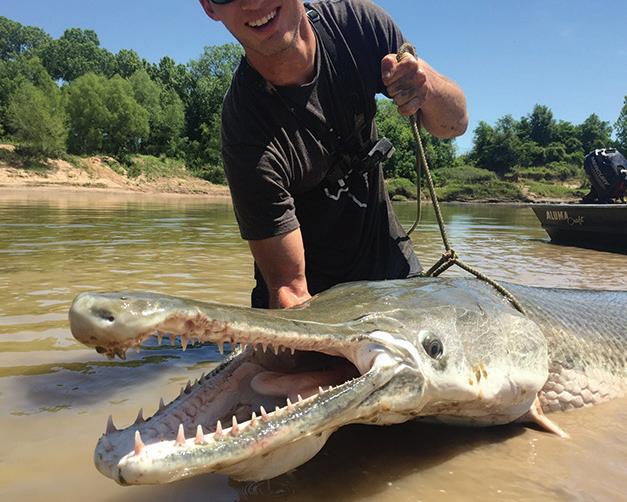
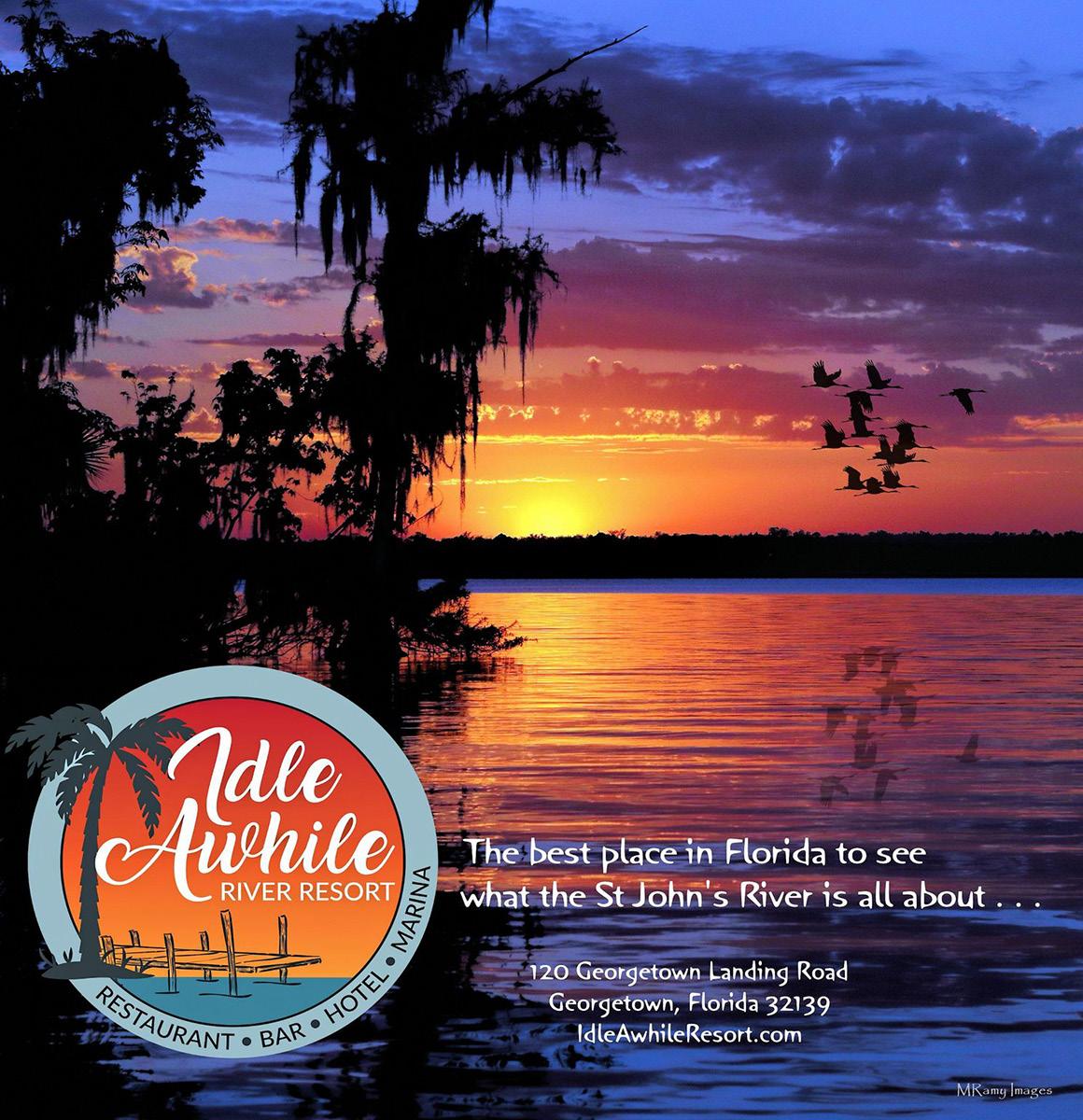

FWC and Destin–Fort Walton Beach to host 9th Annual Lionfish Festival May 20-21
The Florida Fish and Wildlife Conservation Commission (FWC) and Destin–Fort Walton Beach will celebrate the ninth annual Lionfish Festival May 20-21 (10 a.m.-5 p.m. CT) at AJ’s Seafood and Oyster Bar and HarborWalk Village in Destin.
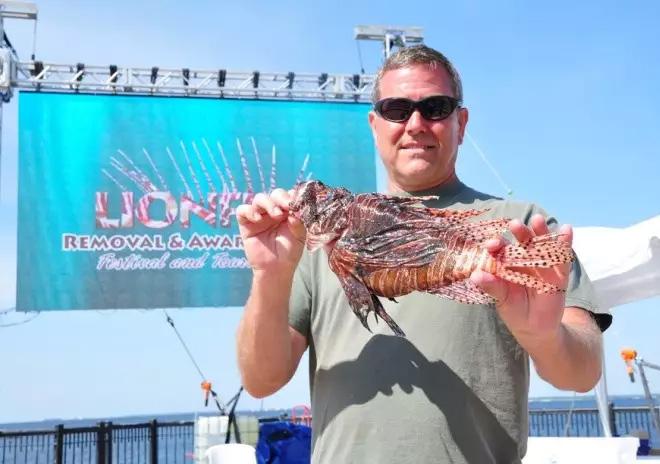
This outdoor event is free, open to the public and will feature family-friendly activities, art, diving and marine conservation booths, live music, fillet demonstrations, and the world’s largest lionfish tournament, the Emerald Coast Open.
Tournament Details
Are you a diver interested in registering for the world’s largest lionfish tournament? The Emerald Coast Open will run May 19-20, and include categories for most lionfish, largest lionfish and smallest lionfish with nearly $100,000 worth of prizes up for grabs! For official tournament rules and registration instructions, visit EmeraldCoastOpen.com.
Lionfish Restaurant Week
Sample lionfish at one of Destin–Fort Walton Beach’s featured restaurants during the Emerald Coast Open Lionfish Restaurant Week. Local chefs will highlight lionfish in unique dishes in the week leading up to the event to help bring awareness to the lionfish invasion in the Gulf of Mexico.
Schedule:
The Boathouse Landing, Valparaiso – May 12.
The Harbor Tavern – May 13.
Dewey Destin’s Harborside – May 14.
Crab Trap Destin – May 15
La Paz – May 16.
Harbor Docks – May 17.
Brotula’s Seafood House & Steamer – May 18.
AJ’s Seafood & Oyster Bar– May 20.
What is LRAD?
LIONFISH: RED LIONFISH (PTEROIS VOLITANS) AND DEVIL FIREFISH (PTEROIS MILES)
Lionfish are an invasive species that have a potential negative impact on native wildlife and habitat. FWC encourages divers, anglers and commercial harvesters to remove lionfish in Florida waters to limit negative impacts to native marine life and ecosystems.
To increase public awareness about the lionfish invasion and encourage removal efforts, the FWC signed a resolution creating Lionfish Removal and Awareness Day in February 2015. LRAD is celebrated the first Saturday after Mother’s Day each year.
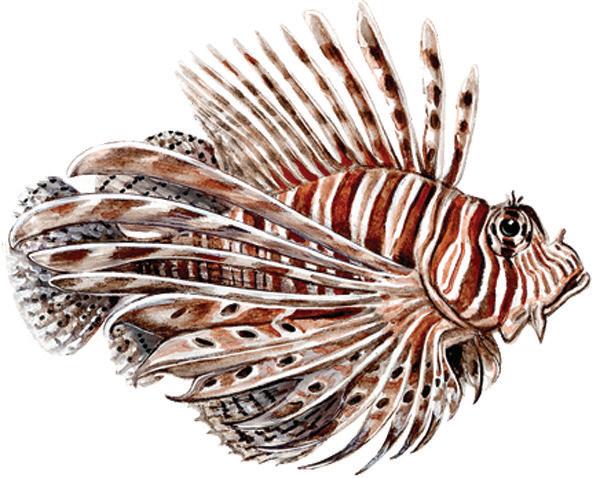
Lionfish Challenge
The 2023 Lionfish Challenge is quickly approaching. This summer-long tournament is open to everyone and is completely free to enter. Participants in last year’s Challenge reached a significant milestone of over 1 million lionfish harvested from Florida waters since the program began in 2014! Are you up for the Challenge? Visit FWCReefRangers. com to register for the Lionfish Challenge.
Questions? Contact the FWC Division of Marine Fisheries Management at 850-487-0554.






